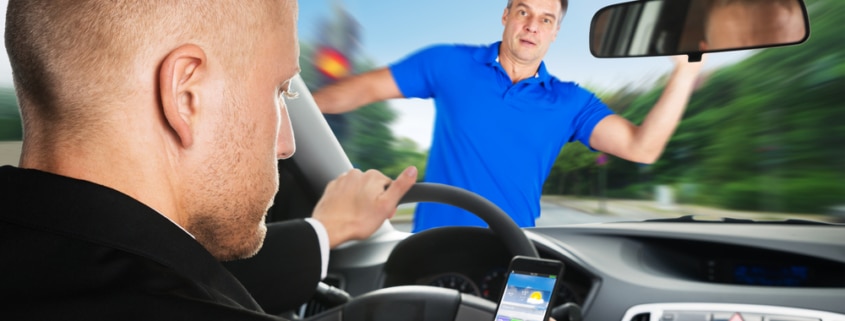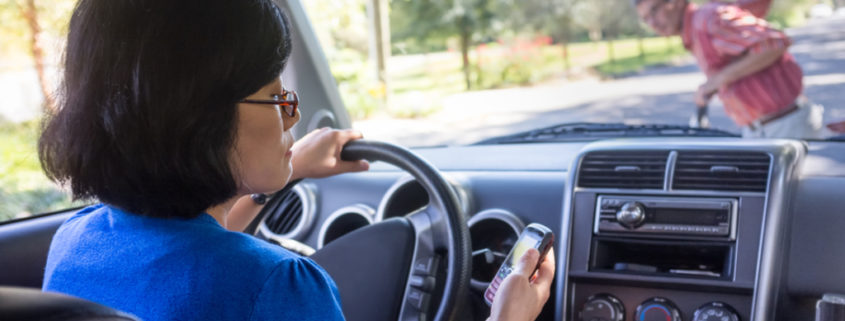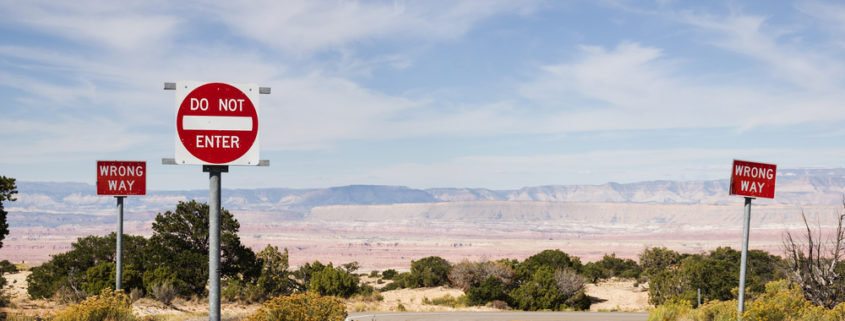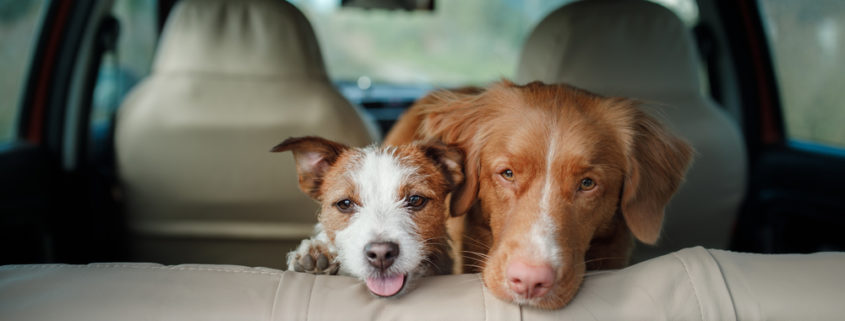Distractions Put Teen Drivers at Risk for Car Accidents
Receiving a driver’s license is a rite of passage many teenagers look forward to is. Having a driver’s license gives a teenager freedom and autonomy. But as exciting as this new-found independence can be, driving can quickly turn deadly for teenagers. Car accidents are the leading cause of death for teens in the United States. More than 250,000 teenagers between the ages of 13 and 19 years were treated in emergency rooms in 2019 for injuries sustained in motor vehicle accidents. That same year, 2,400 teens in the same age bracket died in car crashes.
Are Teenagers Dangerous Drivers?
Teenagers are not inherently dangerous drivers. However, their inexperience behind the wheel, combined with a higher tendency for risk-taking, immaturity, and easily distracted nature means that teens are at a higher risk of being involved in a car crash. Teen drivers are four times as likely to be involved in an accident compared to adult drivers. Their risk of being in a fatal collision is highest during the first six months after obtaining their driver’s license.
What Can Parents Do To Protect Teen Drivers?
Teen drivers can be easily distracted by texting, talking on a cell phone, grooming and having other teenagers in their vehicle. Often teenagers are not fully aware of the risks involved in distracted driving, nor how just a few seconds of distraction can have deadly consequences.
Many states, including Arizona, have a Graduated Driver’s License (GDL) program that allows young drivers to gradually transition into gaining full driving privileges. Instead of permitting a teen driver to have full driving privileges as soon as they receive a driver’s license, a GDL program incorporates driving restrictions to help teenagers gain experience behind the wheel before allowing them to drive freely.
For example, Arizona prohibits teens with a GDL from driving between midnight and 5 a.m. for the first six months unless certain conditions are met. A teen driver with a GDL may generally not drive with more than one passenger under the age of 18. Teens and parents are responsible for knowing and following all restrictions associated with a GDL.
Parents may also want to enroll their child in additional private driver training beyond what is required to obtain an Arizona driving permit or graduated driver’s license. There are online resources for parents and teenagers that can be very useful in educating teens about the dangers of distracted driving and how to develop good driving habits that can protect them and others on the road. One program is the National Safety Council’s DriveitHome, which provides resources parents can use to help educate and protect their teen drivers.
Parents may also want to invest in new technology that can help prevent teen distracted driving. Some insurance companies have apps that monitor driving behaviors such as speed, turning too aggressively, and hard braking. Parents can also invest in technology that turns cell phones off when a teenager is driving.
Call a Tucson Car Accident Attorney for Help
Many insurance companies may automatically blame a teen driver for an accident without thoroughly investigating the cause of the crash. If your teenager was involved in an accident caused by another motorist, you need trusted legal advice from an experienced Tucson car accident attorney. Don’t let your teen driver be blamed for a crash that was not their fault. Call the legal team at Hollingsworth Kelly at (520) 882-8080 or contact us online to schedule your free consultation.







